Unraveling the Neutrino’s Mysteries at the Deep Underground Neutrino Experiment
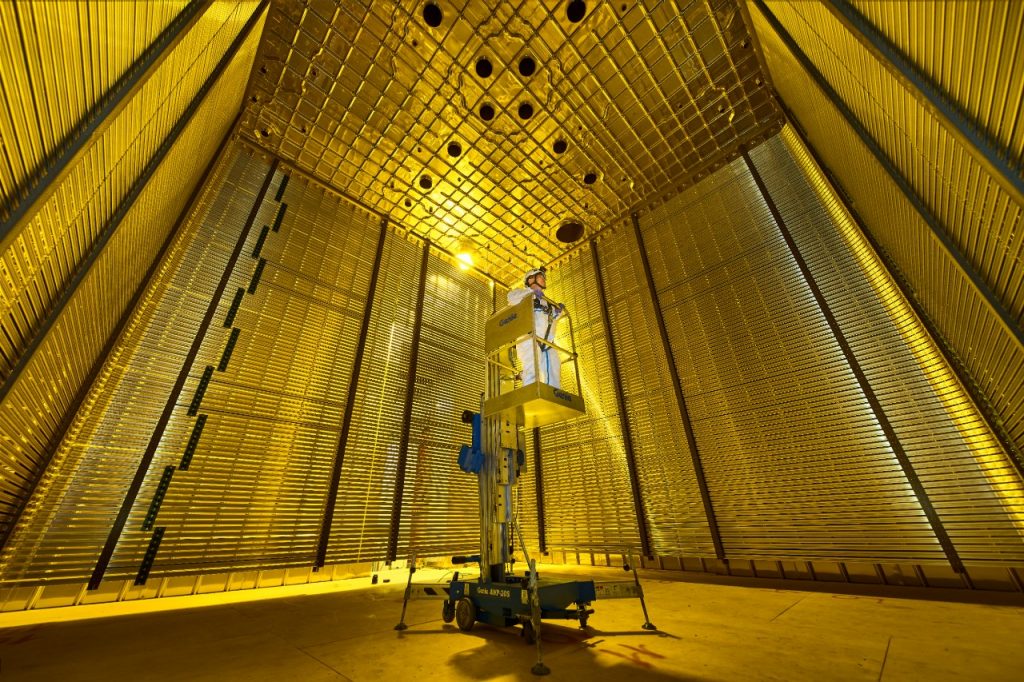 Neutrinos mind their own business. Each second, billions of these fundamental particles will pass through stars, planets, buildings, and human bodies and will rarely ever be stopped by them, like a subatomic subway crowd. It’s why they’re often described as “ghostly” or “elusive.” "If scientists could create and capture the rare instances when these tiny and weakly interactive particles run into something, they could step into the gray area that all physicists ultimately hope to explore," said theoretical physicist Patrick Huber. "That of facts that exist outside the Standard Model of Particle Physics, beyond its explanation. Neutrinos live there, and so does dark matter."
Neutrinos mind their own business. Each second, billions of these fundamental particles will pass through stars, planets, buildings, and human bodies and will rarely ever be stopped by them, like a subatomic subway crowd. It’s why they’re often described as “ghostly” or “elusive.” "If scientists could create and capture the rare instances when these tiny and weakly interactive particles run into something, they could step into the gray area that all physicists ultimately hope to explore," said theoretical physicist Patrick Huber. "That of facts that exist outside the Standard Model of Particle Physics, beyond its explanation. Neutrinos live there, and so does dark matter."

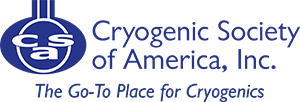
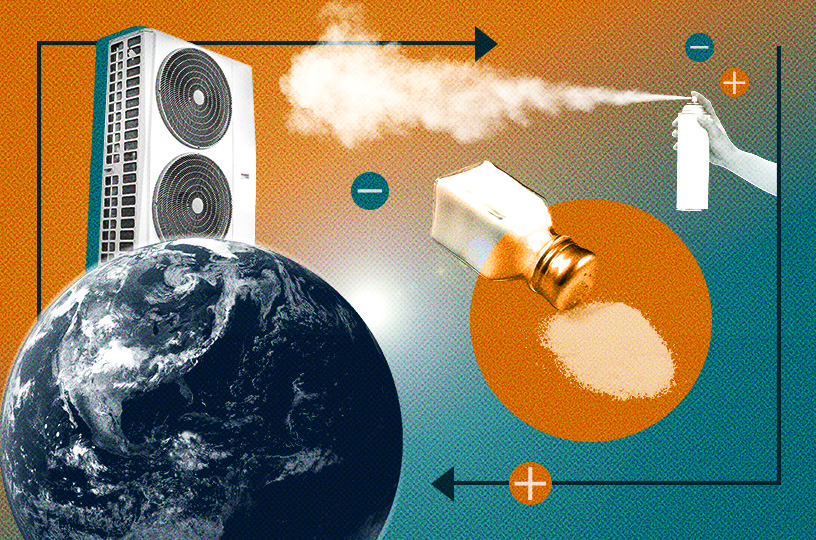 Adding salt to a road before a winter storm changes when ice will form. Researchers at the Department of Energy’s Lawrence Berkeley National Laboratory (Berkeley Lab) have applied this basic concept to develop a new method of heating and cooling. The technique, which they have named “ionocaloric cooling,” is described in a paper published December 23 in Science.
Adding salt to a road before a winter storm changes when ice will form. Researchers at the Department of Energy’s Lawrence Berkeley National Laboratory (Berkeley Lab) have applied this basic concept to develop a new method of heating and cooling. The technique, which they have named “ionocaloric cooling,” is described in a paper published December 23 in Science.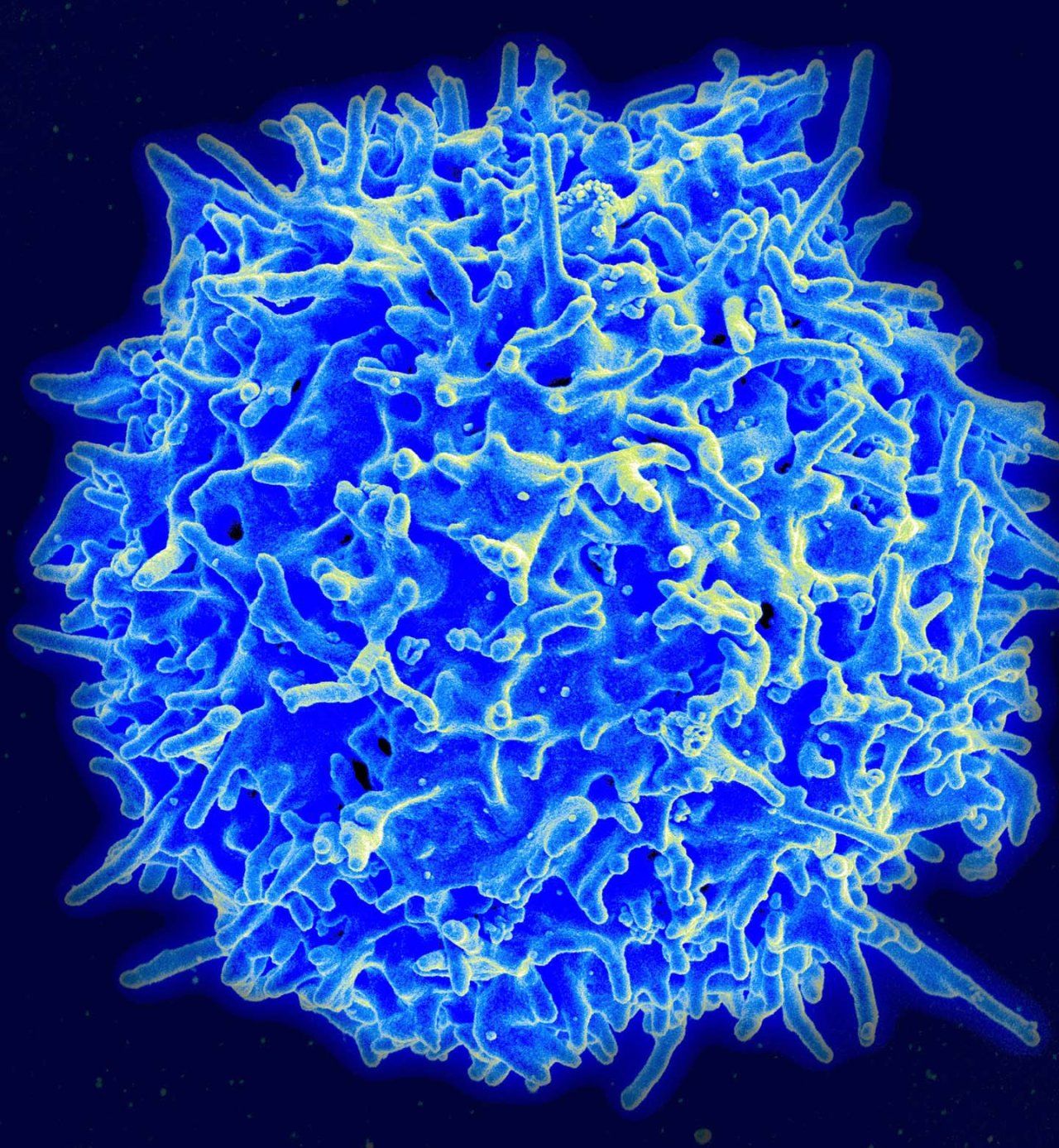 The ce
The ce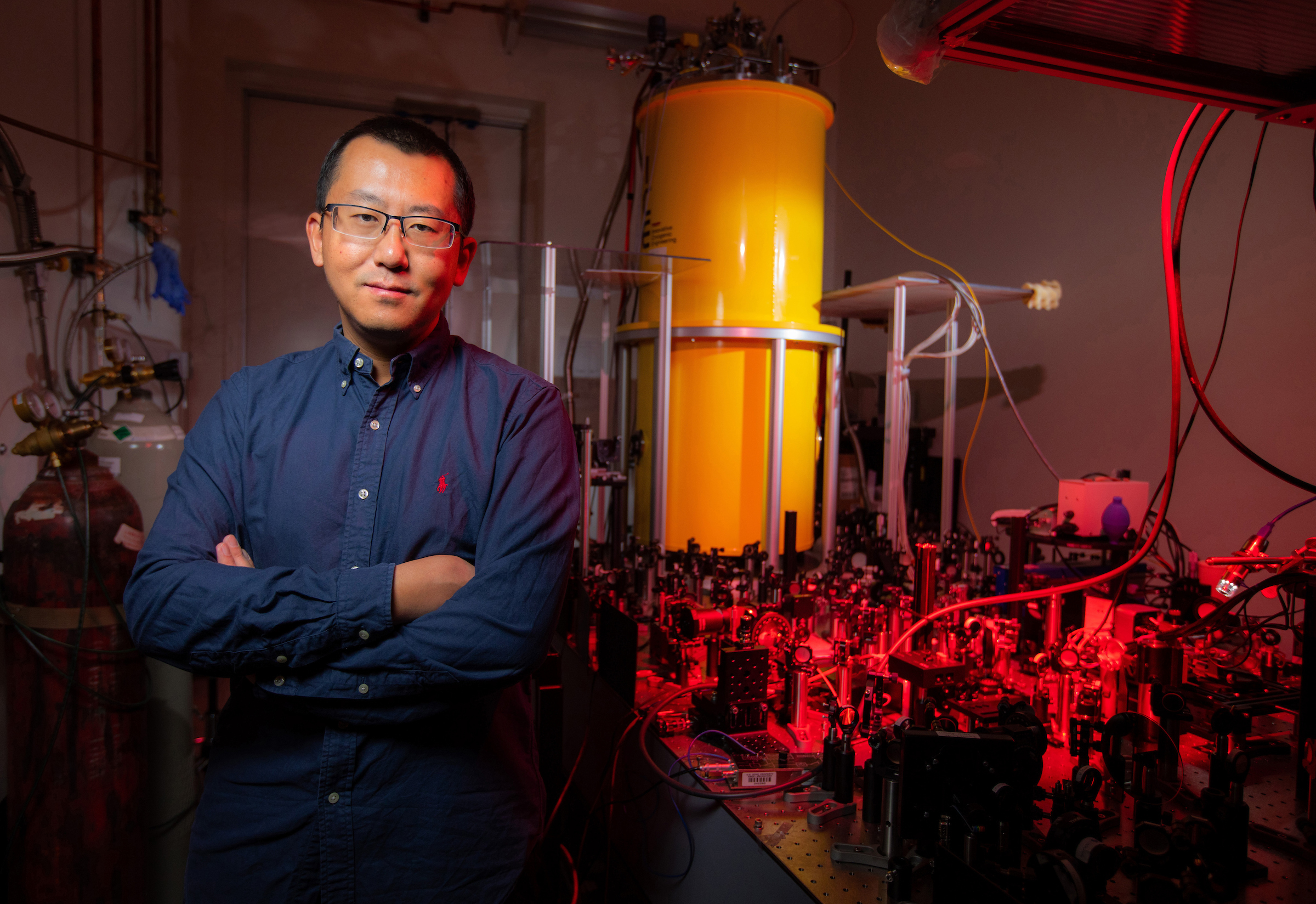 Jigang Wang offered a quick walk-around of a new sort of microscope that can help researchers understand, and ultimately develop, the inner workings of quantum computing. Wang, an Iowa State University professor of physics and astronomy who’s also affiliated with the U.S. Department of Energy’s Ames National Laboratory, described how the instrument works in extreme scales of space, time and energy – billionths of a meter, quadrillionths of a second and trillions of electromagnetic waves per second.
Jigang Wang offered a quick walk-around of a new sort of microscope that can help researchers understand, and ultimately develop, the inner workings of quantum computing. Wang, an Iowa State University professor of physics and astronomy who’s also affiliated with the U.S. Department of Energy’s Ames National Laboratory, described how the instrument works in extreme scales of space, time and energy – billionths of a meter, quadrillionths of a second and trillions of electromagnetic waves per second.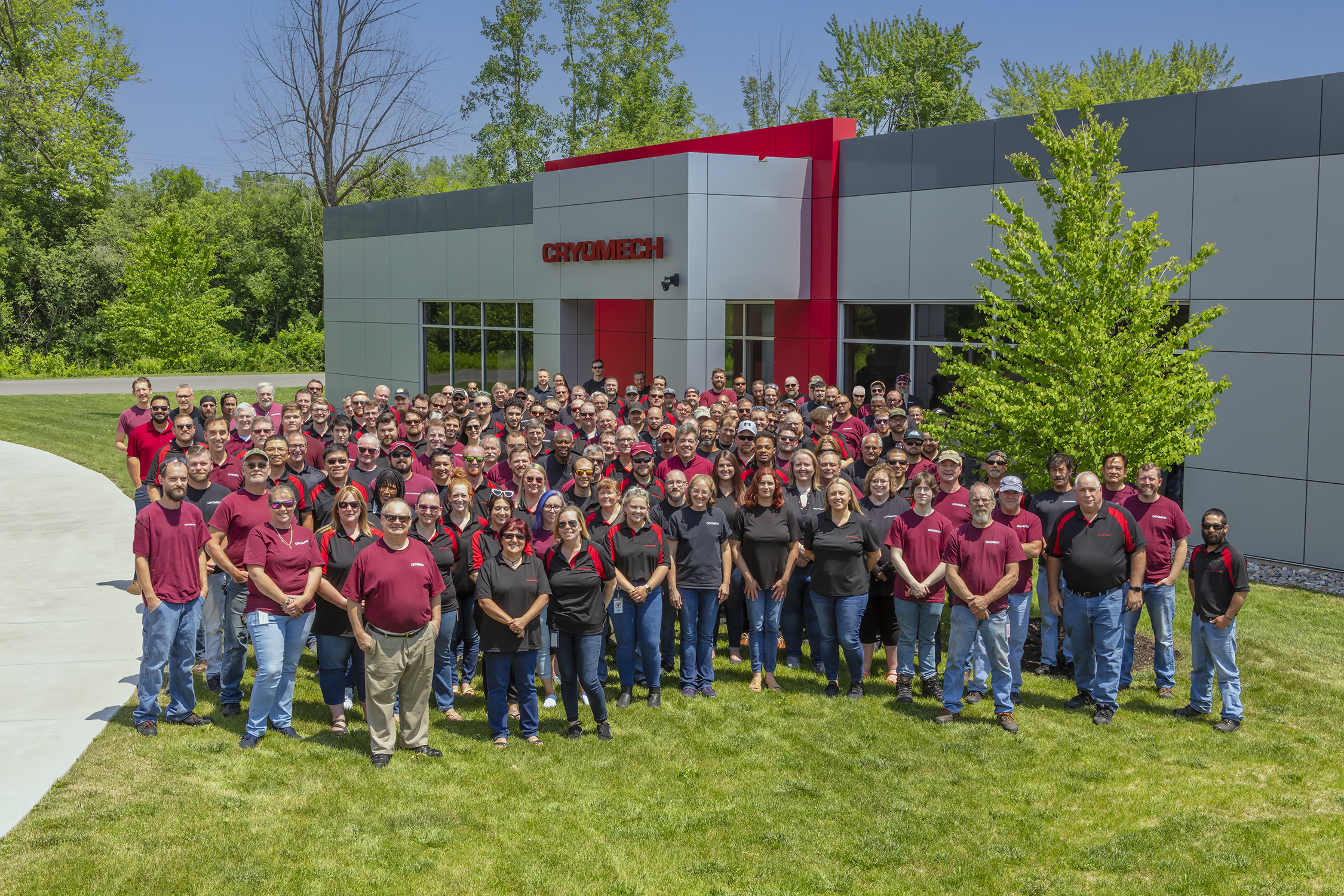 Cryomech was founded in 1963 by William E. “Bill” Gifford. Gifford was a professor at Syracuse University from 1961 to 1978 and (in collaboration with Dr. Howard O. McMahon) invented the Gifford-McMahon (GM) cycle cryocooler in 1957. This invention made research at very low temperatures much more accessible to the scientific community. The new GM cryocooler was affordable, easy to work with and far more reliable than the “homegrown” equipment research institutions could build together at that time. In 1963 when Gifford began receiving requests from fellow scientists for GM cryocoolers for their labs, he founded Cryomech, Inc. – the era of cryocooler innovation began.
Cryomech was founded in 1963 by William E. “Bill” Gifford. Gifford was a professor at Syracuse University from 1961 to 1978 and (in collaboration with Dr. Howard O. McMahon) invented the Gifford-McMahon (GM) cycle cryocooler in 1957. This invention made research at very low temperatures much more accessible to the scientific community. The new GM cryocooler was affordable, easy to work with and far more reliable than the “homegrown” equipment research institutions could build together at that time. In 1963 when Gifford began receiving requests from fellow scientists for GM cryocoolers for their labs, he founded Cryomech, Inc. – the era of cryocooler innovation began.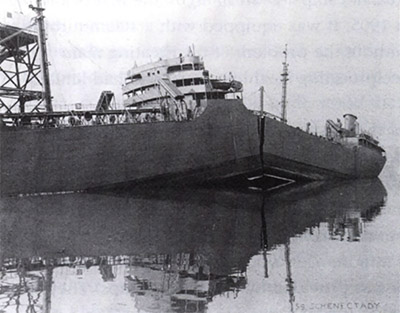 Since the late 1990s, advancements in communication technology and the advent of GPS expanded the desire for companies and governments to invest in satellite technologies that operate in higher orbit. Today, companies like SpaceX, Blue Origin, Virgin Orbit, Relativity Space and ULA are developing cost-effective, reusable launch systems.
Since the late 1990s, advancements in communication technology and the advent of GPS expanded the desire for companies and governments to invest in satellite technologies that operate in higher orbit. Today, companies like SpaceX, Blue Origin, Virgin Orbit, Relativity Space and ULA are developing cost-effective, reusable launch systems. 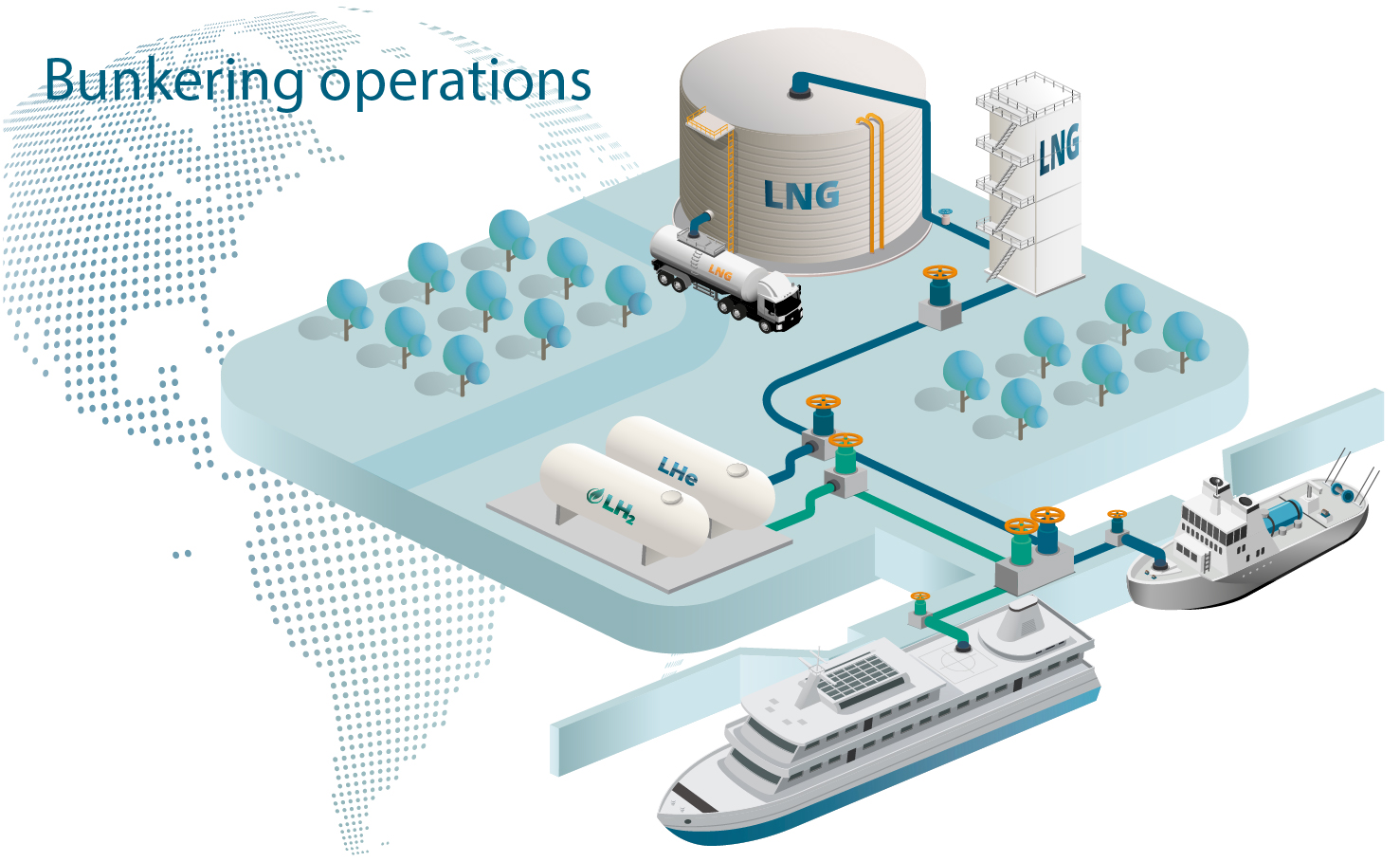 What is it about liquefied natural gas (LNG) for transport that has Cryospain’s teams hard at work across continents and oceans, on existing and brand-new vehicles and all over the world? Within the context of the global challenge of slashing emissions, LNG as fuel is taking a more and more central role: on land, a general shift towards rail for the ever-expanding heavy transport industry is coupled with a mission to make the trains themselves more efficient and environmentally friendly. The European Commission’s 2016 energy security package places gas front and center in the transition to a low-carbon economy. Of course, this means new-build natural gas engines, but it also must consider existing vehicles.
What is it about liquefied natural gas (LNG) for transport that has Cryospain’s teams hard at work across continents and oceans, on existing and brand-new vehicles and all over the world? Within the context of the global challenge of slashing emissions, LNG as fuel is taking a more and more central role: on land, a general shift towards rail for the ever-expanding heavy transport industry is coupled with a mission to make the trains themselves more efficient and environmentally friendly. The European Commission’s 2016 energy security package places gas front and center in the transition to a low-carbon economy. Of course, this means new-build natural gas engines, but it also must consider existing vehicles.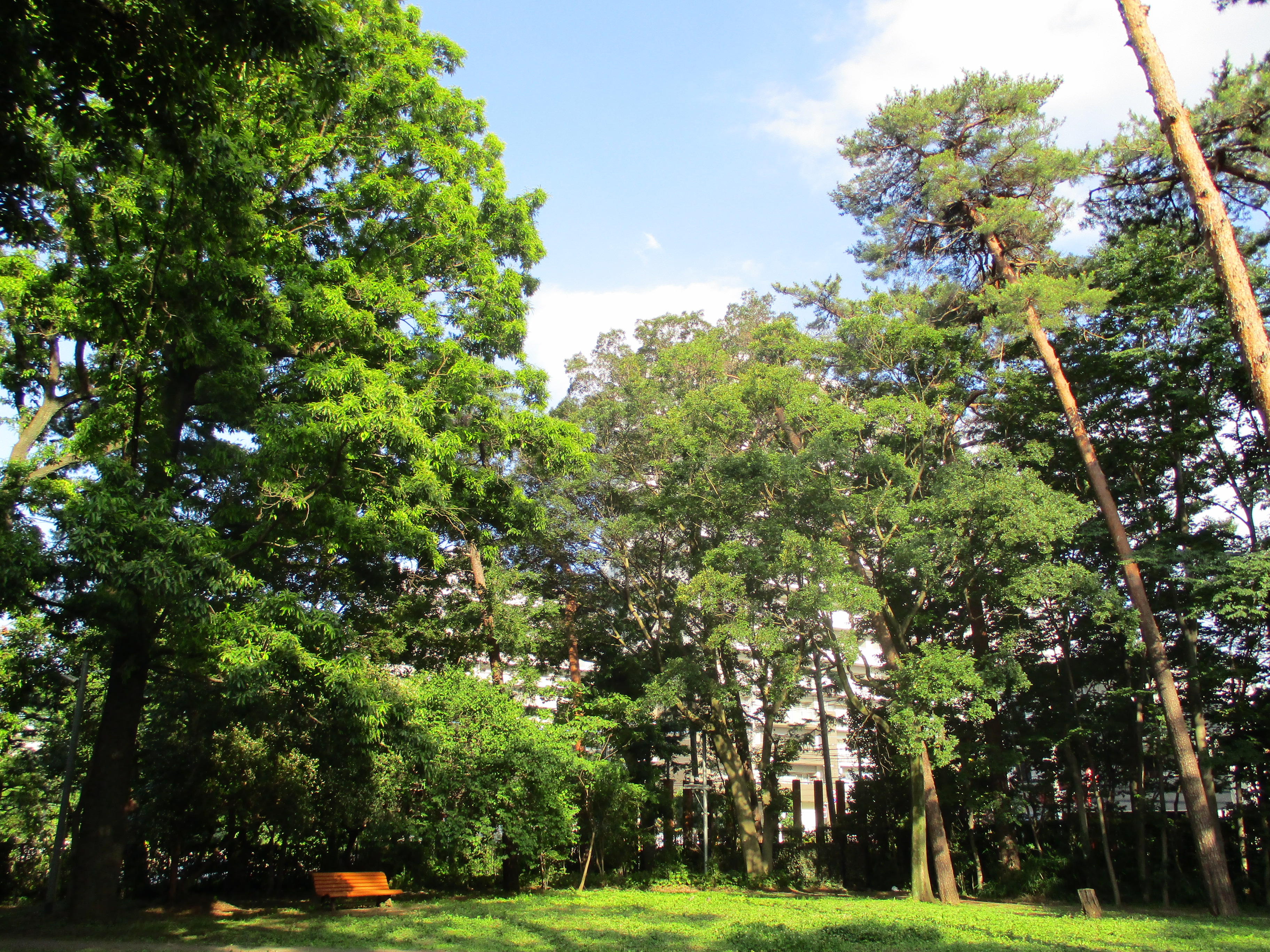 Whether designing shield coolers for life-saving MRIs, cryopumps for the latest smart device chips, or cryocoolers essential for hydrogen transportation, the SHI Cryogenics Group has been at the forefront of pioneering cryogenic technology for over 60 years. As an integral part of the Industrial Machinery Division of Sumitomo Heavy Industries, Ltd. (SHI), the SHI Cryogenics Group’s driving mission is to contribute to the development of science, technology, and healthy human life through its innovative products and services, including cryocoolers, cryopumps and helium compressors. Nowhere is this clearer than in the Group’s commitment towards carbon neutrality.
Whether designing shield coolers for life-saving MRIs, cryopumps for the latest smart device chips, or cryocoolers essential for hydrogen transportation, the SHI Cryogenics Group has been at the forefront of pioneering cryogenic technology for over 60 years. As an integral part of the Industrial Machinery Division of Sumitomo Heavy Industries, Ltd. (SHI), the SHI Cryogenics Group’s driving mission is to contribute to the development of science, technology, and healthy human life through its innovative products and services, including cryocoolers, cryopumps and helium compressors. Nowhere is this clearer than in the Group’s commitment towards carbon neutrality. 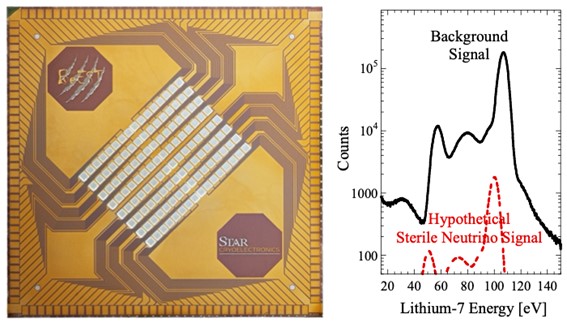 STAR Cryoelectronics, founded in 1999, is a leading worldwide supplier of advanced ultrasensitive quantum sensors and X-ray detectors based on superconductors and related control and readout electronics. The company also offers custom thin-film foundry services for superconductor electronics applications, cryogen-free, adiabatic demagnetization refrigerator (ADR) cryostats, and high-resolution spectrometers based on superconducting detectors for X-ray microanalysis. The company is based in Santa Fe, N.M.
STAR Cryoelectronics, founded in 1999, is a leading worldwide supplier of advanced ultrasensitive quantum sensors and X-ray detectors based on superconductors and related control and readout electronics. The company also offers custom thin-film foundry services for superconductor electronics applications, cryogen-free, adiabatic demagnetization refrigerator (ADR) cryostats, and high-resolution spectrometers based on superconducting detectors for X-ray microanalysis. The company is based in Santa Fe, N.M. 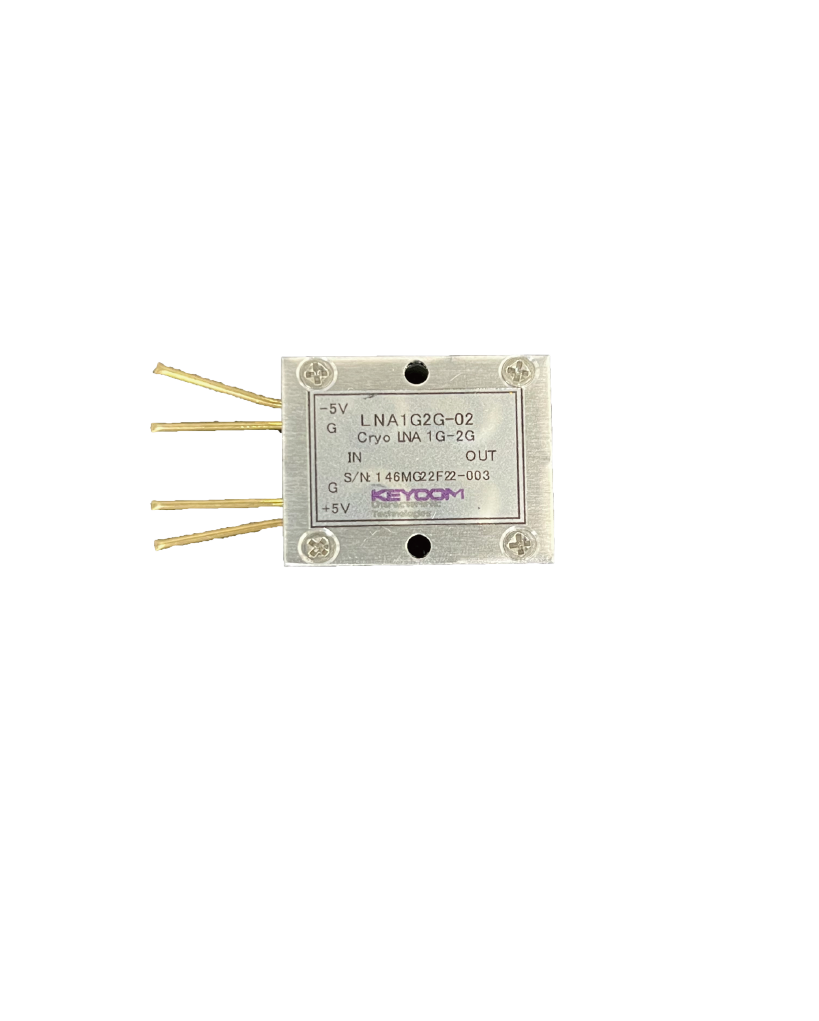 The computing elements of a quantum computer can only be operated properly when they are free of electronic noise. In order to achieve this state, it is necessary to realize an ultralow temperature environment in the millikelvins at a minimum. However, it is not enough to simply provide a dilution refrigerator. It is essential to install coaxial cables that can be used under cryogenic conditions to facilitate the input and output of microwaves to and from the cryocooler. KEYCOM offers a variety of coaxial cables with low thermal conductivity (made of niobium titanium, copper nickel, beryllium copper or stainless steel) for use covering cryogenic and room temperatures.
The computing elements of a quantum computer can only be operated properly when they are free of electronic noise. In order to achieve this state, it is necessary to realize an ultralow temperature environment in the millikelvins at a minimum. However, it is not enough to simply provide a dilution refrigerator. It is essential to install coaxial cables that can be used under cryogenic conditions to facilitate the input and output of microwaves to and from the cryocooler. KEYCOM offers a variety of coaxial cables with low thermal conductivity (made of niobium titanium, copper nickel, beryllium copper or stainless steel) for use covering cryogenic and room temperatures. 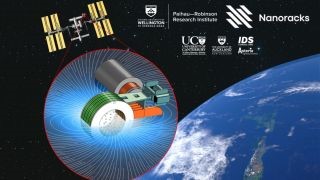 A New Zealand research institute and U.S. commercial firm Nanoracks are combining to send a superconducting magnet technology demonstrator to the International Space Station to test a novel type of space propulsion. The Paihau—Robinson Research Institute intends to test a type of electric space thruster known as applied-field magneto plasma dynamic (AF-MPD) thrusters, which uses high-temperature superconducting (HTS) magnet technology developed by the institute.
A New Zealand research institute and U.S. commercial firm Nanoracks are combining to send a superconducting magnet technology demonstrator to the International Space Station to test a novel type of space propulsion. The Paihau—Robinson Research Institute intends to test a type of electric space thruster known as applied-field magneto plasma dynamic (AF-MPD) thrusters, which uses high-temperature superconducting (HTS) magnet technology developed by the institute. 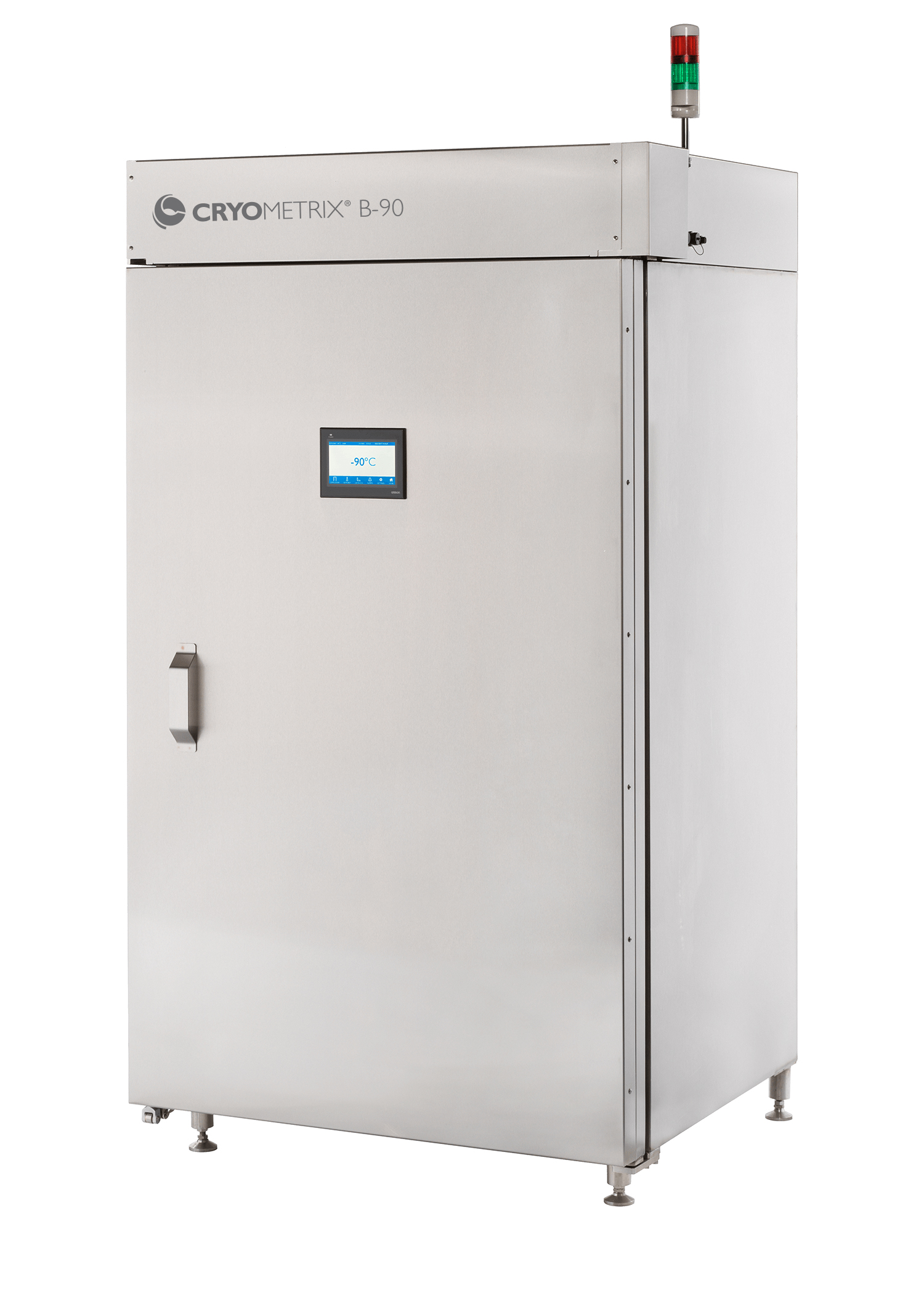 Blood banks utilize freezers to rapidly freeze and store a range of thermally sensitive products such as blood plasma and cryoprecipitate. However, conventional compressor-based freezers can take hours to reach the ultra-low target temperature, slowing processing to a level that may not be sufficient for many operations. The challenge is that mid- to large-volume blood banks may need to process and freeze from 500 to 2,000 units a day. This can create a “production bottleneck” when the donor blood is brought in at the end of the day.
Blood banks utilize freezers to rapidly freeze and store a range of thermally sensitive products such as blood plasma and cryoprecipitate. However, conventional compressor-based freezers can take hours to reach the ultra-low target temperature, slowing processing to a level that may not be sufficient for many operations. The challenge is that mid- to large-volume blood banks may need to process and freeze from 500 to 2,000 units a day. This can create a “production bottleneck” when the donor blood is brought in at the end of the day. 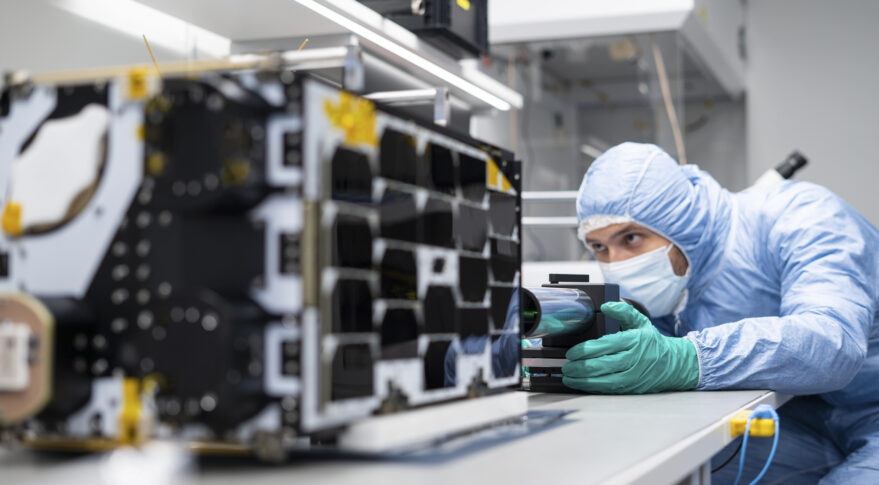 Absolut Group, a French cryogenic technology provider, said Dec. 7 it has ordered a demo nanosatellite for a constellation that would use sensors at very low temperatures to detect greenhouse gas leaks. The company’s newly created Absolut Sensing subsidiary ordered the chassis for a 16U satellite it calls Gen1 from Lithuania’s NanoAvionics for a launch in early 2024. The size of 16 cubesats, Gen1 would test a cryogenic sensor Absolut is developing for detecting smaller methane leaks, typically from oil and gas companies, to help in the fight against climate change.
Absolut Group, a French cryogenic technology provider, said Dec. 7 it has ordered a demo nanosatellite for a constellation that would use sensors at very low temperatures to detect greenhouse gas leaks. The company’s newly created Absolut Sensing subsidiary ordered the chassis for a 16U satellite it calls Gen1 from Lithuania’s NanoAvionics for a launch in early 2024. The size of 16 cubesats, Gen1 would test a cryogenic sensor Absolut is developing for detecting smaller methane leaks, typically from oil and gas companies, to help in the fight against climate change.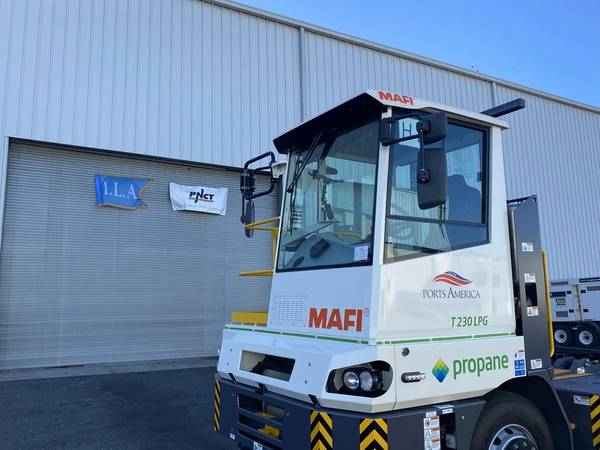 As the maritime industry mulls the ‘fuel of the future,’ a strong and growing case can be made for propane based on availability, cost and ease of use compared to competitive fuels. Darren Monzingo, president of FARO Industrial and VP of Engineering for GEM Marine, is a marine engineer and naval architect, and through his work, he’s gained exposure to propane as an industrial fuel. While the maritime industry is prioritizing using CNG/cryogenic fuels, through his research Monzingo noticed that propane is an easy-to-use, readily available energy source of fuel that accomplishes ship fleet needs for productivity, energy expenditure, and emissions reduction. Importantly, he notes that if a vessel is ‘LNG-Ready’, it is ‘Propane-Ready’.
As the maritime industry mulls the ‘fuel of the future,’ a strong and growing case can be made for propane based on availability, cost and ease of use compared to competitive fuels. Darren Monzingo, president of FARO Industrial and VP of Engineering for GEM Marine, is a marine engineer and naval architect, and through his work, he’s gained exposure to propane as an industrial fuel. While the maritime industry is prioritizing using CNG/cryogenic fuels, through his research Monzingo noticed that propane is an easy-to-use, readily available energy source of fuel that accomplishes ship fleet needs for productivity, energy expenditure, and emissions reduction. Importantly, he notes that if a vessel is ‘LNG-Ready’, it is ‘Propane-Ready’.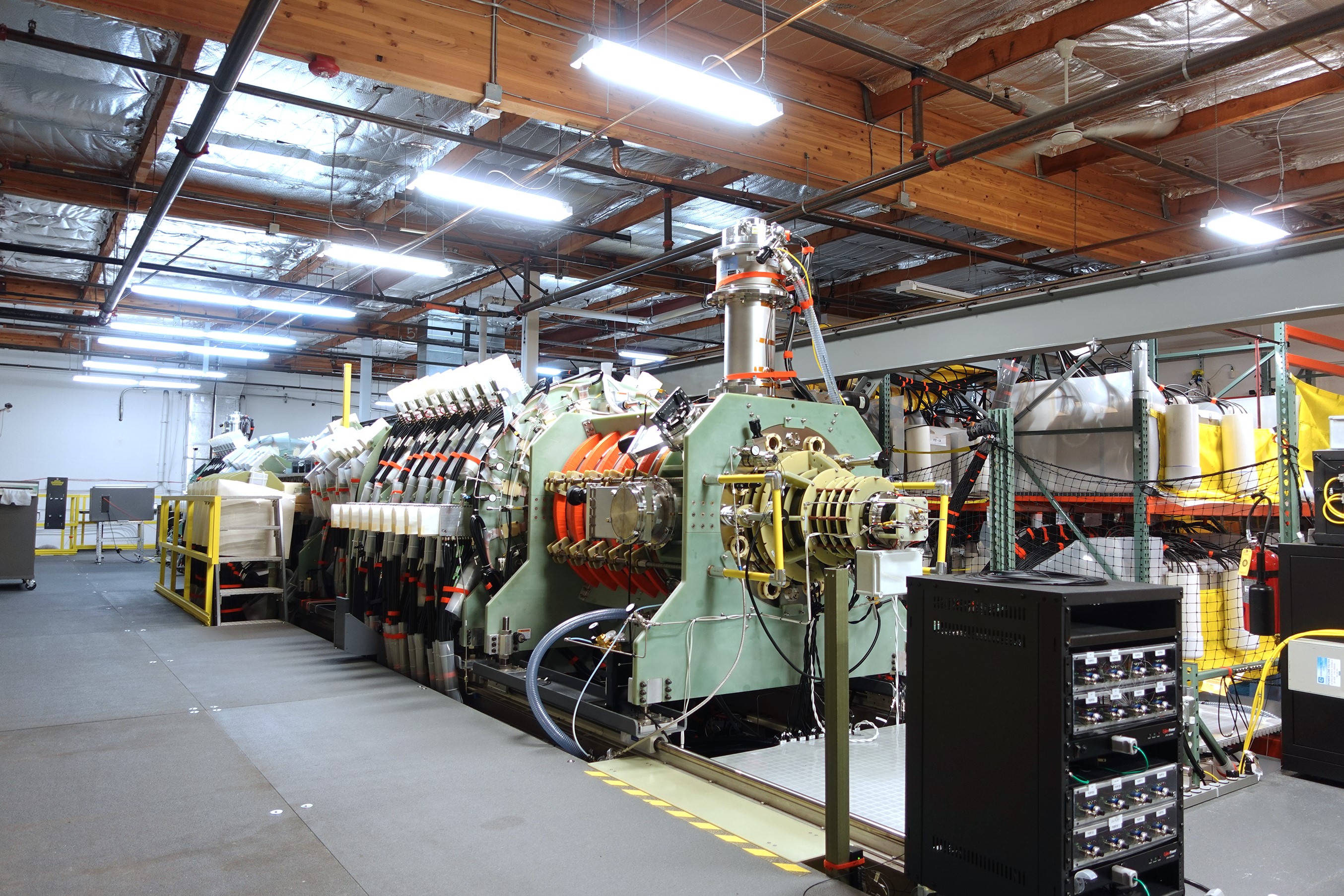 In 2023, Helion Energy, Inc., an American fusion research company, will end operations on Trenta, its 6th fusion prototype. The team is now undergoing Trenta’s last-ever fusion test campaign. For two years, its scientists and engineers have carried out rigorous research to test the capabilities of this fusion machine. The Helion team’s results suggest that Trenta is currently the best performing privately funded fusion machine in the world. After these last weeks of plasma operations under vacuum, Helion will retire Trenta and move all focus to Polaris, its 7th fusion prototype, expected to demonstrate net electricity in 2024.
In 2023, Helion Energy, Inc., an American fusion research company, will end operations on Trenta, its 6th fusion prototype. The team is now undergoing Trenta’s last-ever fusion test campaign. For two years, its scientists and engineers have carried out rigorous research to test the capabilities of this fusion machine. The Helion team’s results suggest that Trenta is currently the best performing privately funded fusion machine in the world. After these last weeks of plasma operations under vacuum, Helion will retire Trenta and move all focus to Polaris, its 7th fusion prototype, expected to demonstrate net electricity in 2024. 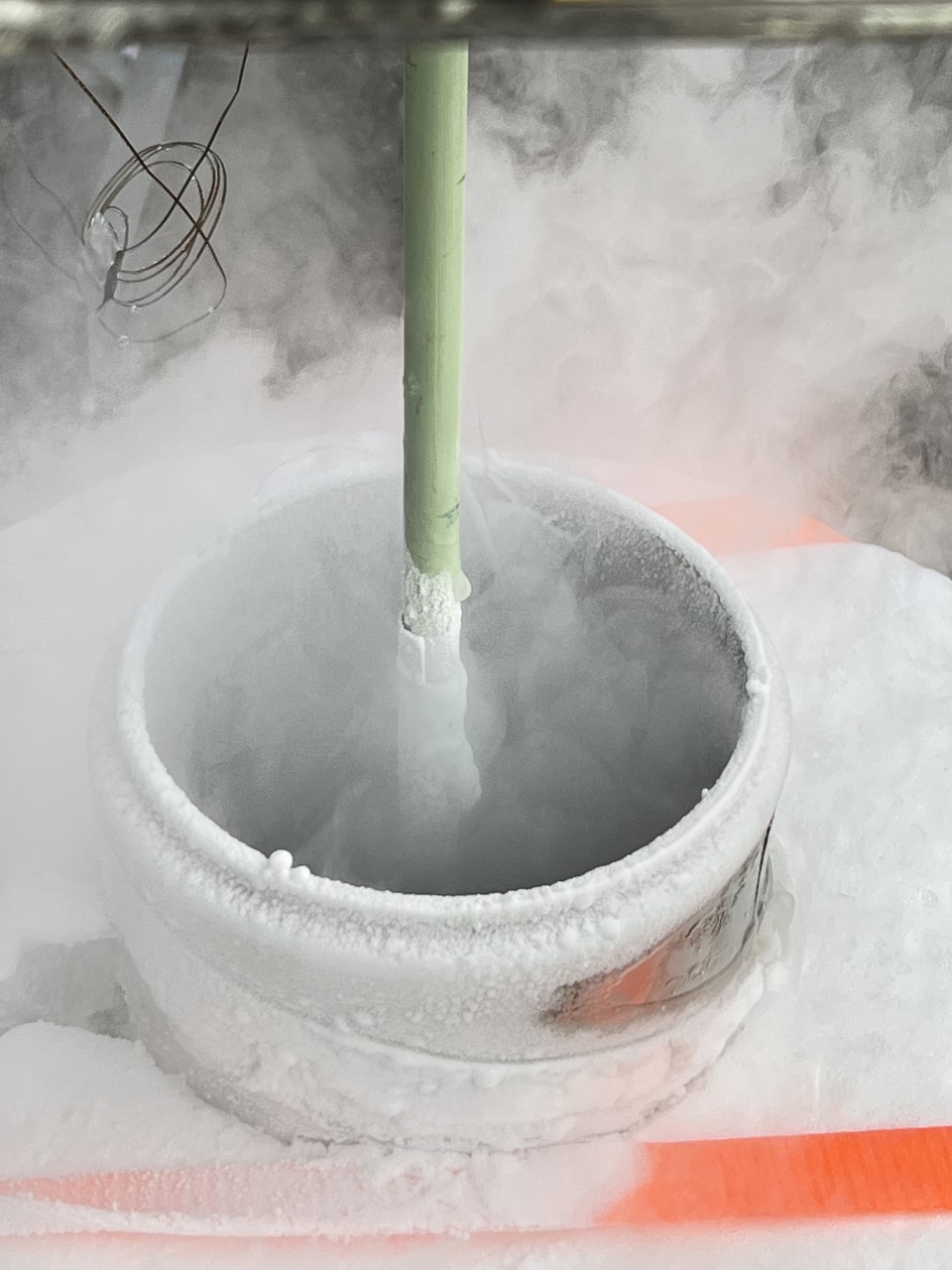 Eta Space is excited to announce the commissioning of a Liquid Hydrogen (LH2) Test Facility (LHTF) now available at their location in Rockledge, Florida. Customers can test their hardware and materials using LH2 with the benefit of small batch production. Previously only available in large quantities at high costs, Eta Space has developed the LHTF to address the need for more affordable and responsive LH2 testing. The facility is intended to support the emerging LH2 aerospace, transportation, and energy industries.
Eta Space is excited to announce the commissioning of a Liquid Hydrogen (LH2) Test Facility (LHTF) now available at their location in Rockledge, Florida. Customers can test their hardware and materials using LH2 with the benefit of small batch production. Previously only available in large quantities at high costs, Eta Space has developed the LHTF to address the need for more affordable and responsive LH2 testing. The facility is intended to support the emerging LH2 aerospace, transportation, and energy industries.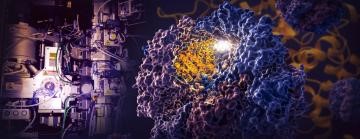 A landmark study by researchers at the Department of Energy’s SLAC National Accelerator Laboratory and Stanford University reveals how a tiny cellular machine called TRiC directs the folding of tubulin, a human protein that is the building block of microtubules that serve as the cell’s scaffolding and transport system.
A landmark study by researchers at the Department of Energy’s SLAC National Accelerator Laboratory and Stanford University reveals how a tiny cellular machine called TRiC directs the folding of tubulin, a human protein that is the building block of microtubules that serve as the cell’s scaffolding and transport system.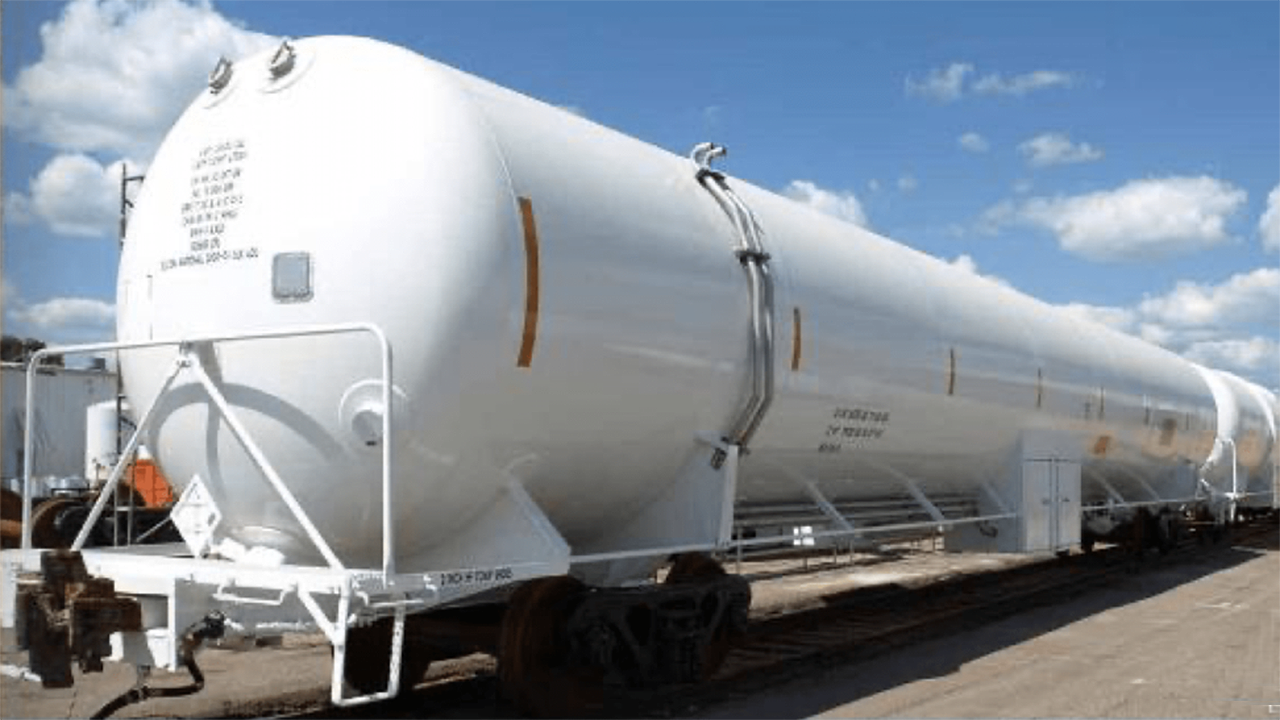 Gas Innovations LNG Refrigerants Inc. is seeking authorization to transport cryogenic ethane via rail in DOT-113C120W9 and DOT-113C120W tank cars, according to the Pipeline and Hazardous Materials Safety Administration (PHMSA). PHMSA, in consultation with the Federal Railroad Administration (FRA), is handling review of the special permit application and requesting comments on it, since it “raises issues similar to the transportation of liquefied natural gas (LNG) by rail, a matter for which multiple rulemakings are currently pending at the agency.”
Gas Innovations LNG Refrigerants Inc. is seeking authorization to transport cryogenic ethane via rail in DOT-113C120W9 and DOT-113C120W tank cars, according to the Pipeline and Hazardous Materials Safety Administration (PHMSA). PHMSA, in consultation with the Federal Railroad Administration (FRA), is handling review of the special permit application and requesting comments on it, since it “raises issues similar to the transportation of liquefied natural gas (LNG) by rail, a matter for which multiple rulemakings are currently pending at the agency.”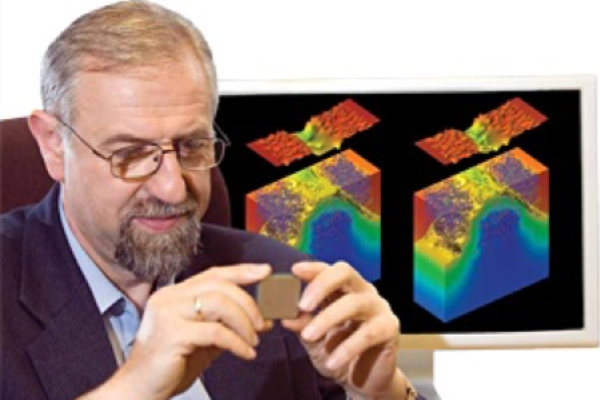 Semiwise in Glasgow has developed transistor SPICE models for cryogenic CMOS chip design and verification using the GlobalFoundries (GF) 22FDX 22nm fully depleted silicon-on-insulator (FD-SOI) process technology. The technology can be used for chips for quantum computers and also for data center processors with liquid nitrogen cooling.
Semiwise in Glasgow has developed transistor SPICE models for cryogenic CMOS chip design and verification using the GlobalFoundries (GF) 22FDX 22nm fully depleted silicon-on-insulator (FD-SOI) process technology. The technology can be used for chips for quantum computers and also for data center processors with liquid nitrogen cooling.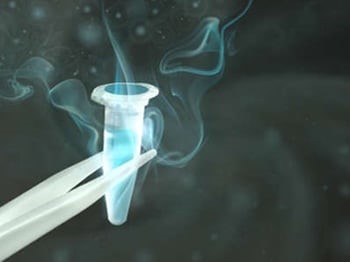 In this exclusive SelectScience® interview, we speak with a panel of scientific experts to find out how cryogenic storage is helping to advance their novel research projects and break scientific boundaries. Our panel of experts include Dr. Ronan Chaligné, Director of the Single Cell Analysis Innovation Lab at Sloan Kettering Institute, Dr. Ernesto Diaz-Flores, Associate Professor at the University of California, San Francisco (UCSF), and Dr. Anne Wyllie, Research Scientist at the Yale School of Public Health. The team will outline the key cryogenic challenges they each face, as well as sharing their hopes for the future. Plus, we will explore cryogenic technology, reveal why researchers no longer need to rely on liquid nitrogen (LN2) based cryogenic freezers, and discuss how mechanical freezers could soon provide a promising alternative.
In this exclusive SelectScience® interview, we speak with a panel of scientific experts to find out how cryogenic storage is helping to advance their novel research projects and break scientific boundaries. Our panel of experts include Dr. Ronan Chaligné, Director of the Single Cell Analysis Innovation Lab at Sloan Kettering Institute, Dr. Ernesto Diaz-Flores, Associate Professor at the University of California, San Francisco (UCSF), and Dr. Anne Wyllie, Research Scientist at the Yale School of Public Health. The team will outline the key cryogenic challenges they each face, as well as sharing their hopes for the future. Plus, we will explore cryogenic technology, reveal why researchers no longer need to rely on liquid nitrogen (LN2) based cryogenic freezers, and discuss how mechanical freezers could soon provide a promising alternative.